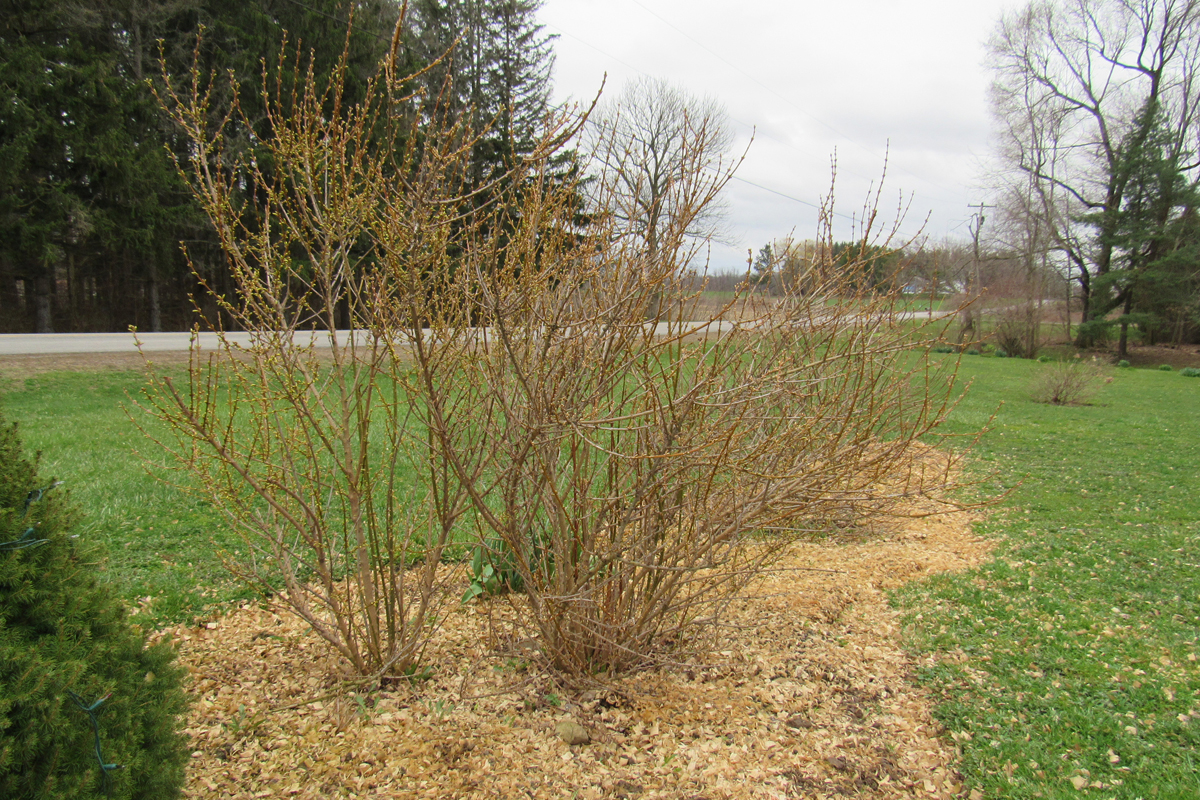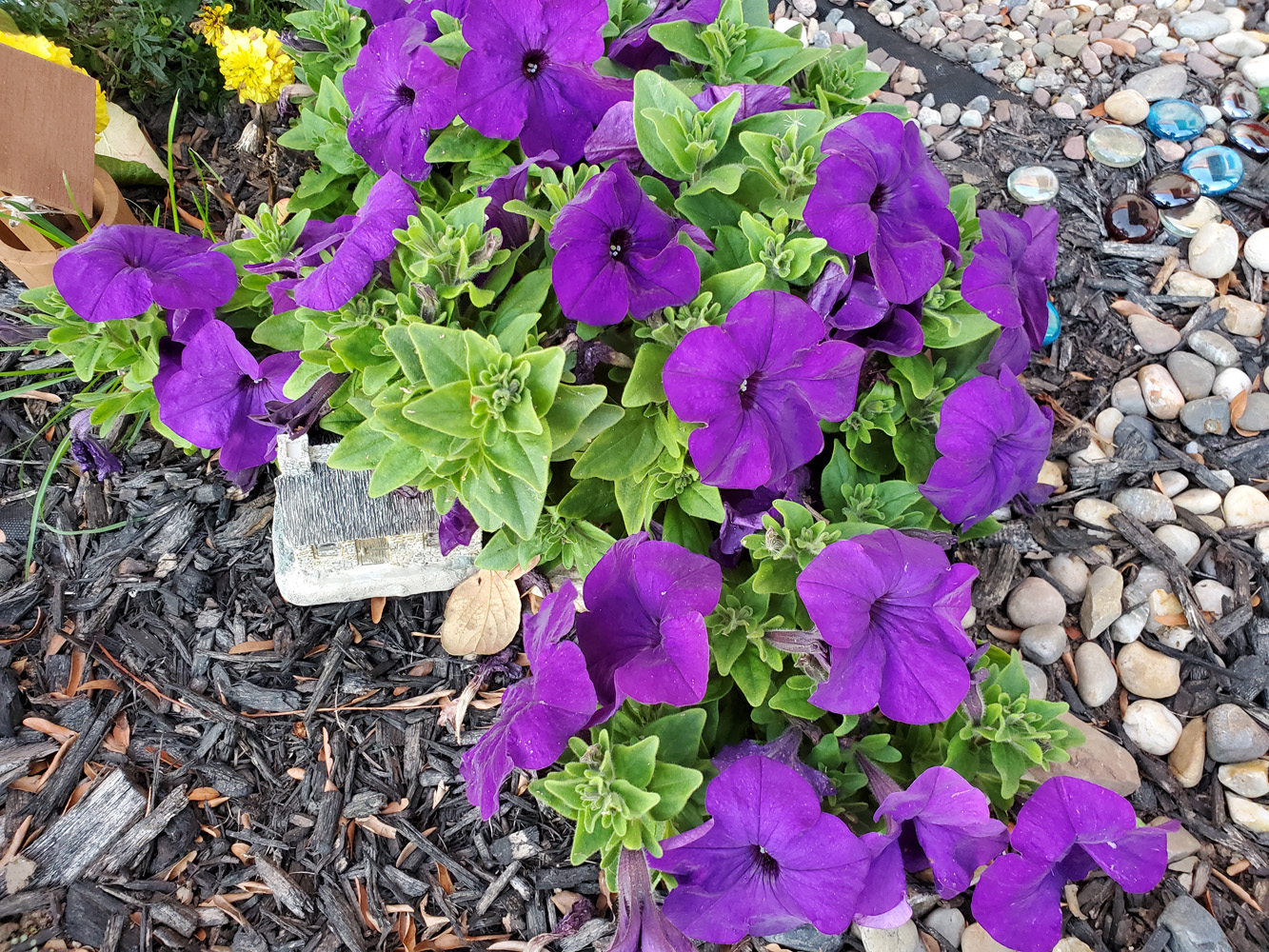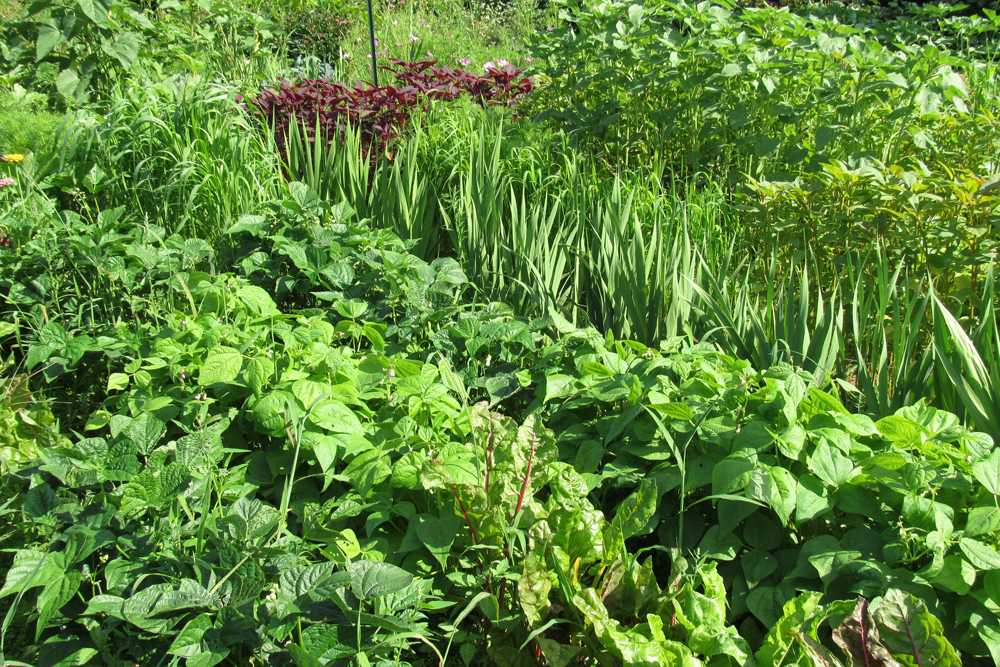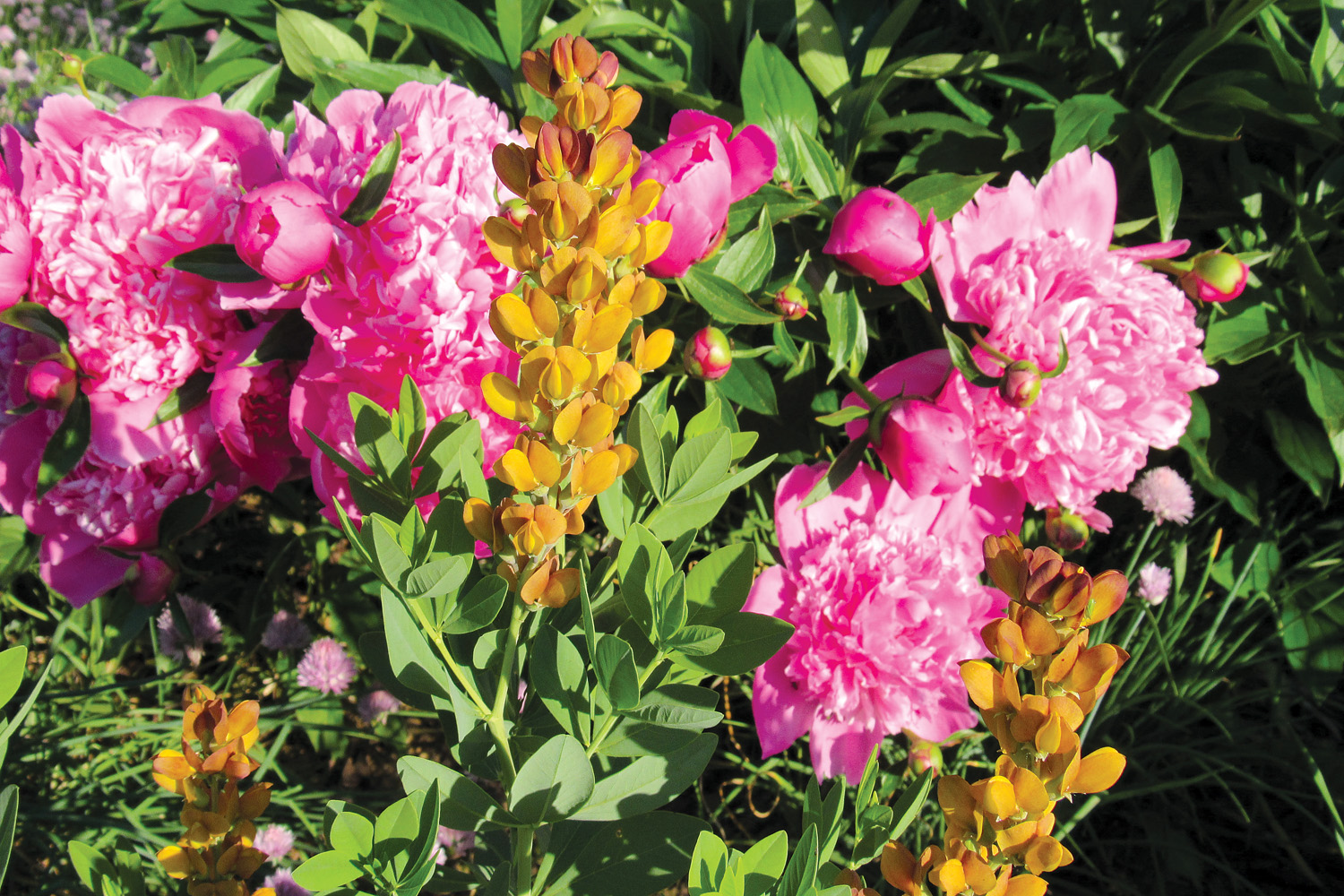Root and crown rots

As I write this column during the final days of March, many of us continue to stay close to home, and many gardeners have already been out getting some initial work done for the growing season ahead.
As you start to clear out your garden spaces, you might notice plants and shrubs that did not make it through the winter. If you have a woody shrub or ornamental which died over the winter, root or crown rot might be to blame. Winter can be tough on plants, even when temperatures are moderate and snows are not deep. Excess soil moisture from heavy rains can cause major problems for many ornamental plant species. One problem, not surprisingly, is water-logged soils that literally drown plant roots. Oxygen is taken in by plants through the roots, and if you have shrubs and perennials planted in a spot that does not drain well, there is no room for oxygen in the soil.
Other problems stem from diseases caused by pathogens that thrive in wet conditions and attack roots, lower branches, and trunk areas near the soil line.
According to the University of Wisconsin, root rots can be chronic diseases or, more commonly, acute, leading to the death of the plant.
Plants affected by root or crown rot are often slow-growing or stunted and may show signs of wilting. The leaf canopy can be thin, and foliage yellow or red in color, signaling a nutrient deficiency. If you look carefully at the roots or crowns of these plants, you will see unhealthy tissue that is soft and brown.
There are several soil-born fungi that can cause rots, including Phytophthora, Pythium, Rhizoctonia solani and Fusarium. All prefer wet soil conditions. There are chemical fungicides that can help combat root and crown rot, but you must know exactly which pathogen is affecting your shrub. Cornell Cooperative Extension can help you obtain a rot diagnosis and offer advice on which fungicide, if any, should be used. (Please remember that currently during the COVID-19 pandemic, it may take extra time for Extension staff to respond to questions).
The best way to avoid problems with root and crown rot is to establish healthy plants in a well-drained site. The University of Wisconsin advises to plant the root collar just at the soil surface. Add organic material such as leaf litter and compost to help increase drainage in heavy soils. Do not overwater plants, particularly in wet areas that do not drain well, and do not apply more than three inches of mulch around your shrubs and ornamental trees. Keep mulch from directly coming into contact with the base of trunks and stems – no volcano mulching – think donut mulching. Prevent physical damage to the area from lawnmowers, which can create a wounded area for pathogens to enter. Finally, remember never to move soil or plants from areas where there have been root and crown rot issues. Some pathogens can live in soil for years.





